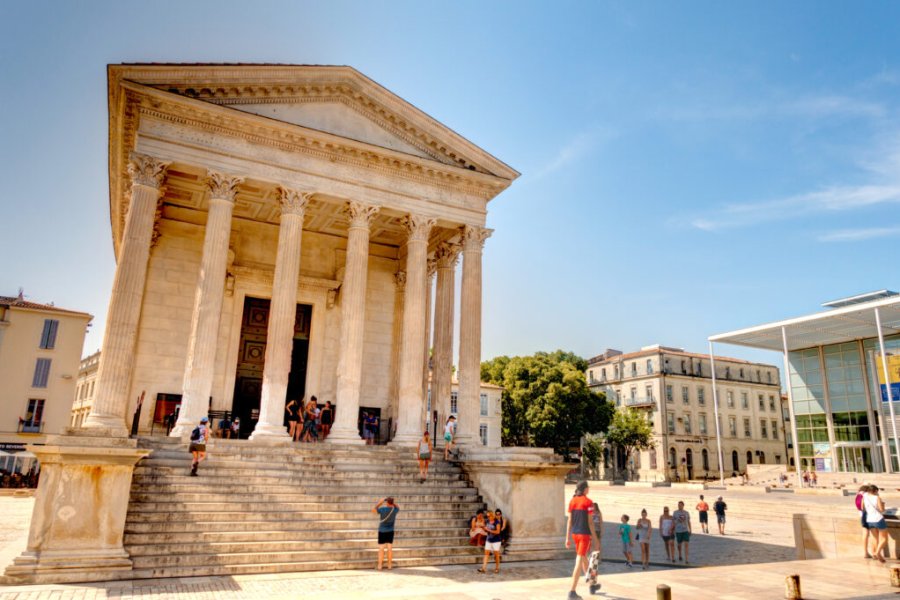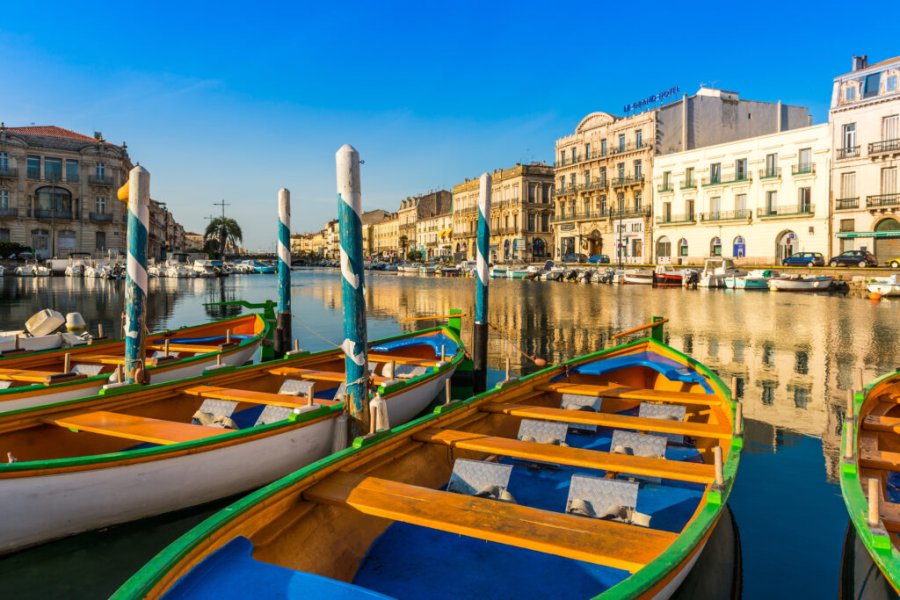Travel Guide Weyto
Find an accommodation
Advertising
Between Konso and Turmi, via Weyto, allow 180 km and 5 hours on the new asphalt road. After crossing rolling farmland and the Weyto River, the road enters sun-drenched savannah, where pairs of dik-dik, the miniature antelope common to the region, can often be seen in the shade of bushes. Giant termite mounds can also be seen, veritable cathedrals rising up to 15 m high. The only human settlements are in Weyto, where Ari and Bana mingle with the Arboré and Tsemay on Saturday, market day, and then in Arboré (the northern fork leads to Key Afer), from where an escapade to Lake Stephanie can be organized.The exit from the flat Weyto valley begins with a long climb into Hamer country, and soon the dry bed of the Kaske River announces the village of Turmi. Beware, however, that during the rainy season, the river can really cut off access to the campsite on the other bank, and there's no alternative but to turn back and sleep at Weyto, which is 3 hours away by track. It's best to get there before 3 p.m. and check with the travel agency for any rainy weather.Arboré and Tsemay territory. These related groups share much the same language of Cushitic origin. The Tsemay occupy the Weyto area, where the flood-prone banks of the nearby river enable them to combine subsistence farming with an essentially pastoral lifestyle. Further south, the Arboré territory extends to the banks of the Chew Bahir. The installation of a large cotton farm and a Norwegian mission on their territory contributed to the gradual acculturation of these populations.Tsemay life. There are no specific Tsemay village visits at the moment, but you'll see plenty of them at the Saturday market, which is much nicer than a village tour. Dressed in elaborately decorated leather skirts, married women can be recognized by the stick sewn into the side of their garment, leaving a fine furrow on the ground.The life of the Arboré. This people, also known as the Ulde, number around 6,000 and live by raising cows, sheep and goats, moving from camp to camp around Lake Stéphanie on a territory of around 400 km2. They use slash-and-burn farming methods to cultivate the land, but this depends on the level of the Weyto River and seasonal rains. For each grueling season, elected tribal elders, called murra, determine which land the group will settle on and manage the allocation of plots by family, giving priority to the poor, orphans and widows. They are considered a pacifist ethnic group and live in relative harmony with their neighbors. The mutual sharing of resources within the community, the possibility of intermarriage with neighboring ethnic groups, and their ability to speak several languages all contribute to this. The women and girls are adorned with numerous necklaces of colored pearls, metal bracelets and wear a pearl headband on their foreheads. Their skirts are made entirely of pearls and metal. Unmarried girls shave their hair and cover their heads with a black veil to protect them from the sun. Men drape a white chèche over their heads. There are four types of Arboré marriage: arranged marriage, keimaweltabe(consensual marriage), ser(marriage by kidnapping, which still exists) and yehilma(marriage by inheritance). Generally, the father chooses his son's future wife of marriageable age, and sends four wise men to the bride's family. They take with them a stick called sheniqur and the abdominal fat of a goat sacrificed for the occasion. If the family agrees to the marriage, they place the goat's remains on the girl's shoulders. They then set the date, and the future husband prepares honey, coffee and tobacco for his bride. On the day of the big event, each family sacrifices four cows, and all friends travel miles to feast, sing and dance. In the afternoon, the bride is circumcised, and a goat and an ox tail are prepared for the young couple, whose hands are tied with a piece of leather. Other Arboré rituals include funerals and the celebration of livestock(hulko) at the start of the rainy season. Songs and dances accompany the blessing of new grass and cattle, which must pass under four wooden doors, while the tribe drinks milk and coffee with butter.
Suggested addresses Weyto
Weather at the moment
Advertising
Organize your trip with our partners Weyto
Transportation
Book your plane tickets
Car Rental
Boat rental
Accommodation & stays
Find a hotel
Holiday rental
Find your campsite
Tailor-made trip
Immersion travel
Services / On site
Activities & visits
Find a doctor



